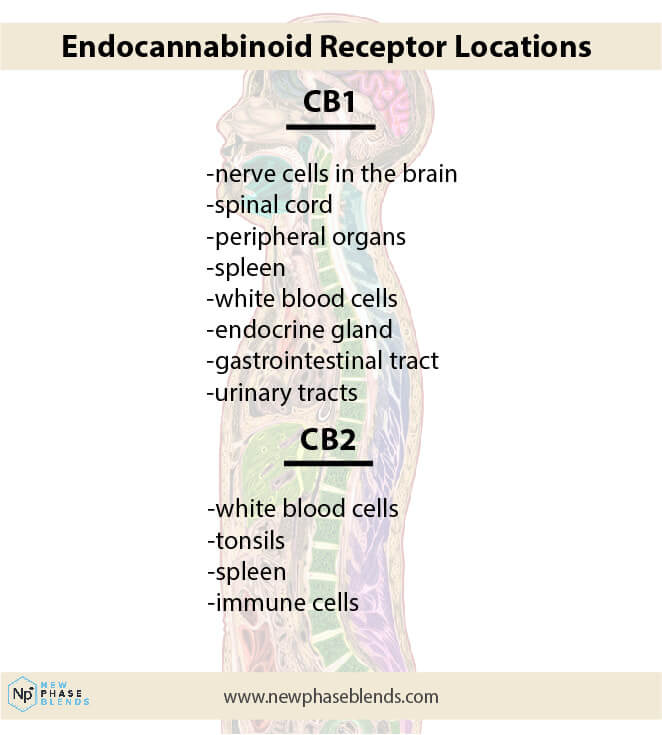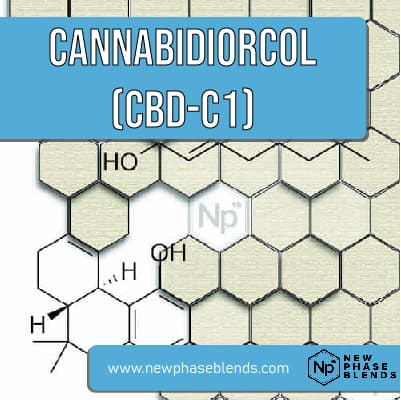What is Cannabidivarin (CBDV)?
Cannabidivarin, or CBDV, is one of several different plant chemicals within cannabis that falls under the class of the major cannabinoid Cannabidiol (CBD). It is one of the non-psychoactive cannabinoids found within (mainly) Cannabis sativa. Being a non-psychoactive agent, it is not capable of producing an effect on the mind or mental processes.
In other words, you can’t get high from using this compound.

By implication, it does not change brain function nor does it result in alterations in perception, mood, consciousness, cognition, or behavior. More so, its chemical structure does not allow it to interact with the CB1 receptors in the human brain.
Cannabidivarin is one out of over 124 cannabinoids identified from the Cannabis plant capable of modulating the physiological activity of Cannabis or marijuana. It has Cannabidiol as its homolog.
The major difference is found on its side chain, being short of two methyl (CH2) groups.
The two compounds have demonstrated anticonvulsant activity both in animal and human models and are demonstrating promising clinical trial results, especially in the field of autism spectrum disorder. This activity comes, largely, from the work of the endocannabinoid system.

CBDV was probably first reported in a benzene extract from a Thai Cannabis variety referred to as “Meao” by Shoyama, et al., in 1977. However, it was identified for the first time in 1969 by Vollner et al.
CBDV is a naturally-occurring phytocannabinoid found in small traces in certain strains of the Cannabis plant. Phytocannabinoids are just some of the compounds with many bioactive molecules found in the complex mixture of Cannabis.
They can either come in neutral forms or as acid precursors. CBDV can be developed into THCV if exposed to acidic conditions. THCV is the shortened form of Tetrahydrocannabivarin which is also a compound in Cannabis that has the ability to offer a unique array of effects and medical benefits.
These reactions are what makes it different from other cannabinoids such as THC and CBD. Both THCV and CBDV are derived from the same cannabinoid through the combination of divarinolic acid and geranyl phosphate.
There seems to be lack of medical research on CBDV, although recently, scientists are beginning to pick up interest in its research. Notwithstanding, the lack of studies on the compound may be responsible for the low demand.
However, from the body of available clinical trials, it has been discovered that strains of Cannabis indica from India, Pakistan, and Mexico have higher levels of CBDV.
HOW CBDV WORKS
CBDV has been shown through drug administration to inhibit the activity of diacylglycerol (DAG) lipase-α, the primary enzyme responsible for the synthesis of the endocannabinoid, 2-arachidonoylglycerol (2-AG). Since CBDV is similar to CBD structurally, there is the possibility that it won’t cause the euphoric high associated with THC.
Oral and intraperitoneal administration are so far the most promising vectors.
THERAPEUTIC BENEFITS
- Belonging to the class of Phytocannabinoids, Cannabidivarin is a candidate for therapeutic applications. This application will be limited if it exhibits CB receptor inverse agonist activity.
- CBDV has a neurochemical pathway giving it anti-epileptic, anti-autism spectrum disorder, anti-mood disorders, anti-nausea and anti-convulsive properties.
- Nonpsychotropic plant cannabinoids, cannabidivarin and CBD, activate and desensitize transient receptor potential vanilloid 1 (TRPV1) channels in vitro and have potential for the treatment of neuronal hyperexcitability (Iannotti et al., 2014).
- Cannabidivarin is capable of recovering from memory defects and neurological defects, as well as obsessive compulsive behavior.
Always seek professional medical advice from your primary healthcare provider before changing or supplementing your current medications with any CBD product.
INTERESTING FACTS
Cannabidivarin has been considered as a treatment for HIV neuropathic pain by the European Medicines Agency.

References
Amada N, Yamasaki Y, Williams CM, Whalley BJ: Cannabidivarin (CBDV) suppresses pentylenetetrazole (PTZ)-induced increases in epilepsy-related gene expression. PeerJ. 2013 Nov 21;1:e214. doi: 10.7717/peerj.214. eCollection 2013.
Shoyama, Y., Hirano, H., Makino, H., Umekita, N., Nishioka, I., 1977. Cannabis. X. The isolation and structures of four new propyl cannabinoid acids, tetrahydrocannabivarinic acid, cannabidivarinic acid, cannabichromevarinic acid and cannabigerovarinic acid, from Thai cannabis, FMeao variant. Chemical and Pharmaceutical Bulletin 25 (9), 2306–2311.
Tetrahedron Letters . 10 (3): 145–147.
Vollner, L.; Bieniek, D.; Korte, F. (1969-01-01). Haschisch XX11XIX. Mitteillung: F. von Spulak, U. Claussen, H.-W. Fehlhaber und F. Korte, Tetrahedron 24, 5379 (1968).: Cannabidivarin, ein neuer Haschisch-Inhaltsstoff.
Back to List of Cannabinoids

















